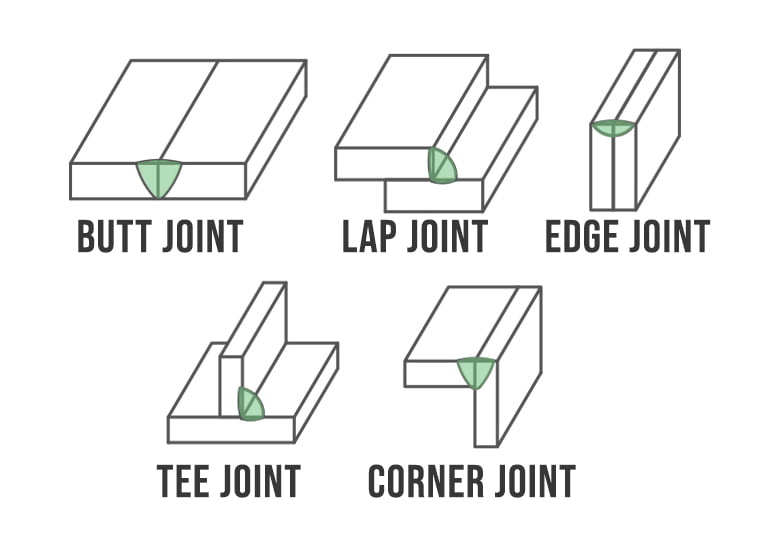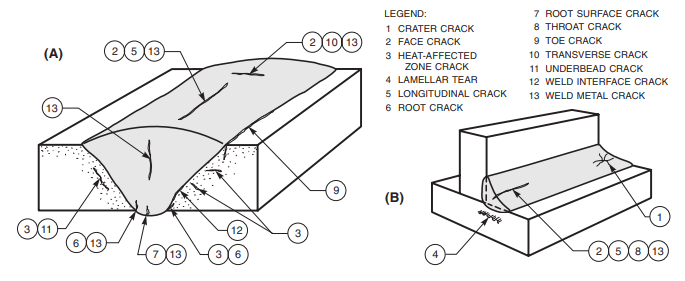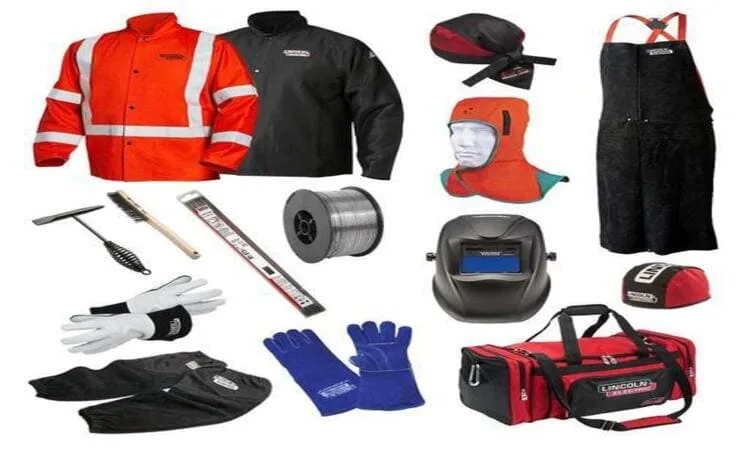Welding Insights
Category Title: Welding Insights
Welcome to our Welding Insights category, your one-stop destination for a wealth of knowledge and resources dedicated to the art and science of welding. Whether you’re an experienced welder, a novice looking to learn, or a professional seeking the latest industry updates, this category is your gateway to all things welding.
Explore a diverse range of topics, from welding techniques and best practices to the latest advances in welding technology. Our expertly crafted articles, guides, and tutorials provide valuable insights that can enhance your welding skills and keep you up-to-date with industry trends.
What You’ll Find in Welding Insights:
Welding How-Tos: Discover step-by-step tutorials and expert tips on various welding processes, including shielded metal arc welding (SMAW), gas tungsten arc welding (GTAW/TIG), gas metal arc welding (GMAW/MIG), and more. Learn the techniques that will help you create strong, reliable welds.
Welding Certifications: Dive into the world of welding qualification and certification. Understand the requirements for welder performance qualification (WPQ) and welding procedure qualification (WPQ). Stay informed about the latest updates in welding codes and standards.
Welding Safety: Safety is paramount in welding. Explore articles on protective gear, hazard awareness, and safe practices to ensure your well-being on the job.
Welding Inspections: Gain insights into non-destructive testing (NDT) methods, quality control, and welding inspection techniques. Learn how to identify and rectify common welding defects.
Welding Applications: Explore real-world applications of welding across industries, from aerospace and automotive to construction and manufacturing. Understand how welding plays a crucial role in building our world.
Welding Innovations: Stay ahead of the curve with updates on the latest welding technologies and innovations. Learn about cutting-edge equipment, automation, and digital tools that are shaping the future of welding.
Welding Community: Engage with fellow welders, share your experiences, and seek advice in our interactive forums and Q&A sections. Connect with a vibrant community of welding enthusiasts and professionals.
Whether you’re passionate about welding as a hobby or rely on it for your livelihood, our Welding Insights category is here to empower you with the knowledge and skills you need to excel in the world of welding. Join us on this journey of discovery and mastery, where the sparks truly fly, both figuratively and literally!
Lethal service in piping refers to a condition where the substances being transported through the piping system are hazardous, toxic, or potentially deadly if they leak or are mishandled. These substances can include corrosive chemicals, highly flammable materials, poisonous gases, or other dangerous materials. Piping systems used in lethal service applications typically require special design, […]
This article will teach you how to do that and how to easily recognize each welding joint type as soon as you see it.
Welding symbols are graphical representations used in engineering and manufacturing to communicate important information about welds in a standardized and easily understandable manner. These symbols are crucial for ensuring accurate and consistent communication between designers, engineers, fabricators, and inspectors involved in the welding process. Weld Consumable Excel Calculator Download Link Weld Consumable Calculation PPT Free
When weld defects form in a weld they can weaken the joint. In some cases, this results in complete failure of the weldment. In serious cases, there can be severe consequences to a failing weld. So, you need to understand the various common welding defects. But in addition, you must know how to prevent them from
PPE stands for Personal Protective Equipment. It refers to specialized clothing, equipment, or gear that is designed to protect individuals from various workplace hazards, environmental dangers, or infectious materials.
EN ISO 10204 is a standard that specifies requirements for the inspection and testing of metallic products. The differences between the various types of inspection certificates defined by EN ISO 10204 are as follows:
Welding is a fundamental process in various industries, from construction to aerospace. The quality of welds is crucial to the structural integrity of a project. Carbon equivalent (CE) is a parameter that plays a significant role in determining the weldability of materials. In this article, we will explore what carbon equivalent is and how it
In the world of materials science and engineering, corrosion is a persistent and costly problem. From the structural integrity of industrial components to the longevity of everyday consumer products, corrosion poses a significant threat. To combat this issue, rigorous testing methods have been developed to assess the corrosion resistance of materials. One such method is
IGC testing A262 Practice E refers to a standard test method used to evaluate the intergranular corrosion (IGC) resistance of stainless steel and high-alloy materials. This test method, described in Practice E of ASTM International standard A262, involves immersing specimens of the material in a solution of nitric acid and ferric nitrate.
Dilution is a term used in welding to describe the mixing of the base metal and filler metal during the welding process. In overlay welding, dilution refers to the extent to which the filler metal is mixed with the base metal.




